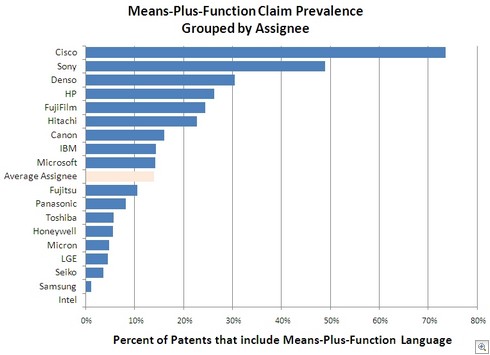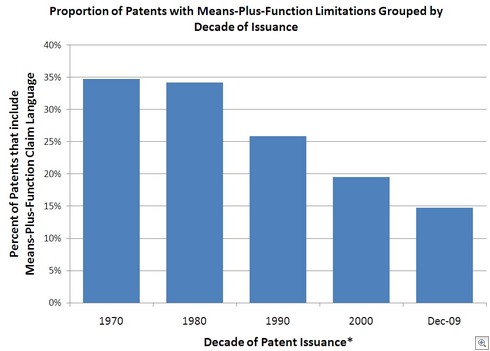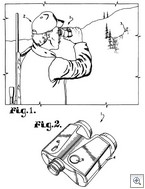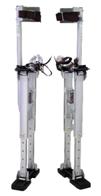Wyeth and Elan Pharma v. Kappos (as USPTO Director) (Fed. Cir. 2009)
The Federal Circuit has decided an important case involving the length patent term adjustments (PTAs) that are granted due to PTO delays in patent prosecution. Many if not most newly issued patents will be positively impacted by the decision. Those patents will be enforceable for an additional period of protection tacked to the end of the standard 20–year term that is in addition to the previously calculated PTA.
Prior to 1995, US patents were enforceable for 17–years from the date of issuance. The new rule changed the patent term to 20–years from the filing date. In order ensure that the change did not adversely impact patentees, Congress created several patent term guarantees that are codified in 35 U.S.C. 154(b)(1)(A)-(C).
- Part A guarantees “prompt” PTO responses. The section identifies specific types of PTO delays and the patent term is adjusted one-day for each day of PTO delay.
- Part B guarantees “no more than 3–year application pendency.” The section indicates that the patent term should be adjusted one-day for each day from the end of the three-year pendency until the patent issues.
- Part C guarantees that the patent term not be reduced based on interferences, secrecy orders, or appeals.
Several provisions limit these adjustment by reducing the patent term based on patent applicant actions (or delays) that unjustifiably lengthen prosecution.
Overlap Limitation: Parts (1)(A) and (B) are also subject to an overlap limitation: “To the extent that periods of delay attributable to grounds specified in paragraph (1) overlap, the period of any adjustment granted under this subsection shall not exceed the actual number of days the issuance of the patent was delayed.”
The fight in this case centered around the calculation of when “periods of delay . . . overlap.” USPTO’s interpretation of the statute is that the overlap is property avoided when the term is adjusted only by the greater of guarantee (A) or (B). Wyeth, on the other hand, argues that the guarantees only overlap when the PTO-delays identified in (A) occur after the first-three-years of prosecution have passed.
Both the DC District Court and the Federal Circuit have agreed with Wyeth’s statutory interpretation:
This court detects no ambiguity in the terms “periods of delay” and “overlap.” Each term has an evident meaning within the context of section 154(b). The limitation in section 154(b) only arises when “periods of delay” resulting from violations of the three guarantees “overlap.” 35 U.S.C. § 154(b)(2)(A). Significantly, the A and B guarantees expressly designate when and for what period they each respectively apply. Thus, this court can easily detect any overlap by examining the delay periods covered by the A and B guarantees.
At oral arguments, Judge Moore was sympathetic to the PTO’s policy position and the opinion reflects that same concern. However, the panel held that the language of the statute should prevail.
Regardless of the potential of the statute to produce slightly different consequences for applicants in similar situations, this court does not take upon itself the role of correcting all statutory inequities, even if it could. In the end, the law has put a policy in effect that this court must enforce, not criticize or correct.
Deference: The Federal Circuit gave no deference to the PTO’s interpretation of the statute — holding that “[b]ecause the language of the statute itself controls this case and sets an unambiguous rule for overlapping extensions, this court detects no reason to afford special deference to the PTO’s interpretation.”
Affirmed. The PTO must now revise its PTA calculations. Patentees should consider whether they are eligible for a recalculation of their PTA adjustment.
Note: Dozens of parallel cases are pending in DC & VA district courts. Many of these have been stayed pending outcome of this appeal.
Example: I pulled up recently issued patent number 7,640,000. The application was filed on November 28, 2006 and was issued December 9, 2009. It turns out that patent was issued on a first-office-action-allowance. That NOA was mailed October 6, 2009. Under Part (A), the PTO was required to issue a Rejection or NOA within 14–months. The 617 days beyond those 14–months formed the Part (A) adjustment. Under Part (B), we look at how many days beyond three-years it took the patent to issue. Here, that calculation is 11 days. Under the old calculation, the PTA would be 617 days because that is greater than 11 days. Under the new calculation, the PTA would be 617 + 11 = 628 days (since the Part (A) delay did not overlap with the Part (B) delay).





 Wisconsin Alumni Research Foundation (WARF) v. Xenon Pharma, Appeal No. 08-1351 (
Wisconsin Alumni Research Foundation (WARF) v. Xenon Pharma, Appeal No. 08-1351 (

